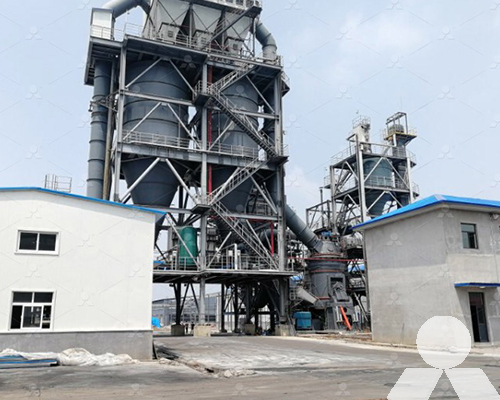Wet grinding mill for calcium carbonate
Calcium carbonate (CaCO3) is a common mineral that is used in a variety of applications, including papermaking, plastics, and paints. It is also used in food and beverage products, such as toothpaste and supplements.

There are two main methods for grinding CaCO3: wet grinding and dry grinding. Wet grinding uses water as a medium to facilitate the grinding process. This has several advantages over dry grinding, including:
- Increased efficiency: Wet grinding can achieve a finer particle size than dry grinding, which can improve the performance of the final product.
- Reduced dust: Wet grinding produces less dust than dry grinding, which can improve safety and reduce environmental impact.
- Improved product quality: Wet grinding can help to reduce the impurities in CaCO3, which can improve the quality of the final product.
There are a variety of wet grinding mills available, including:
- Ball mills: Ball mills are the most common type of wet grinding mill. They consist of a rotating drum filled with balls that grind the CaCO3.
- Rod mills: Rod mills are similar to ball mills, but they use rods instead of balls. This can be a more efficient way to grind hard materials.
- Vertical mills: Vertical mill use a rotating cylinder that grinds the CaCO3. This can be a more efficient way to grind large quantities of CaCO3.
The choice of wet grinding mill depends on the specific application and the desired particle size.
Advantages of wet grinding for CaCO3
The advantages of wet grinding for CaCO3 include:
- Increased efficiency: Wet grinding can achieve a finer particle size than dry grinding, which can improve the performance of the final product.
- Reduced dust: Wet grinding produces less dust than dry grinding, which can improve safety and reduce environmental impact.
- Improved product quality: Wet grinding can help to reduce the impurities in CaCO3, which can improve the quality of the final product.
Disadvantages of wet grinding for CaCO3
The disadvantages of wet grinding for CaCO3 include:
- Increased cost: Wet grinding requires the use of water, which can increase the cost of the grinding process.
- Increased complexity: Wet grinding mills are more complex than dry grinding mills, which can make them more difficult to operate and maintain.
Wet grinding is a versatile and efficient method for grinding CaCO3. It is a good choice for applications where a fine particle size, reduced dust, or improved product quality is desired.









